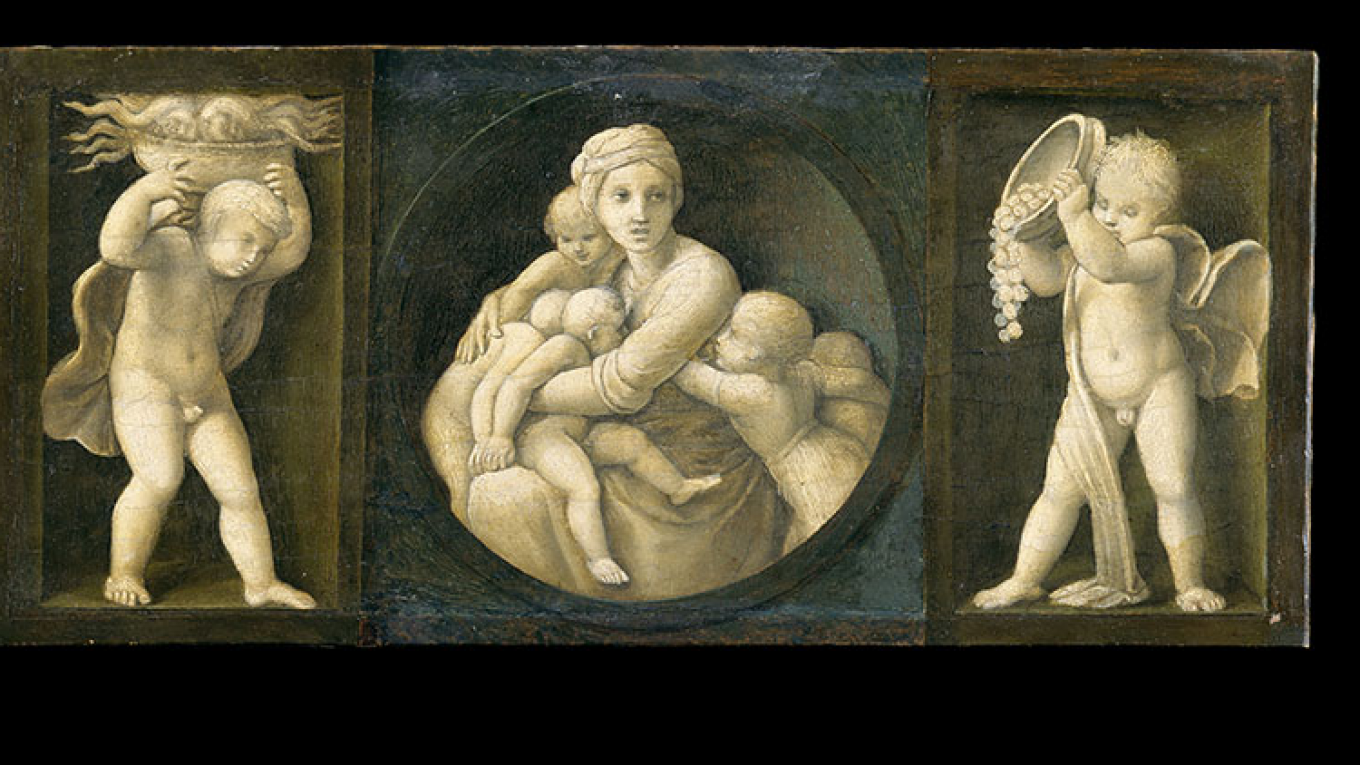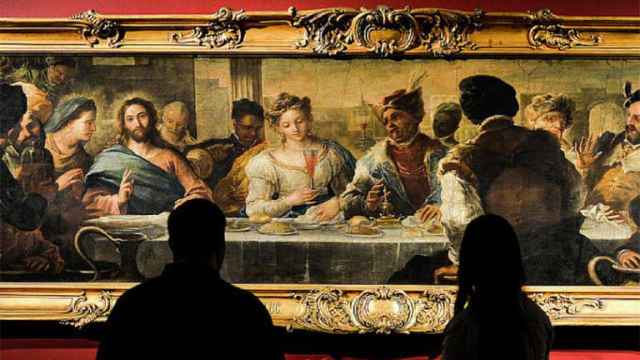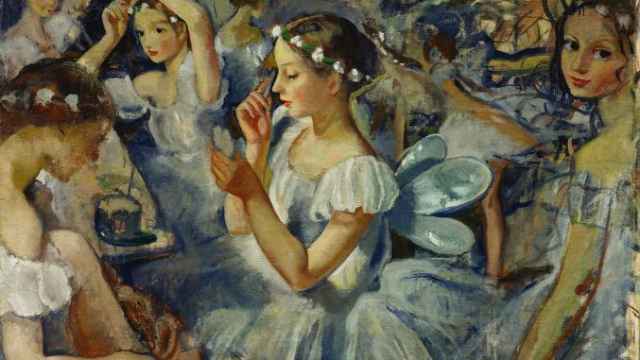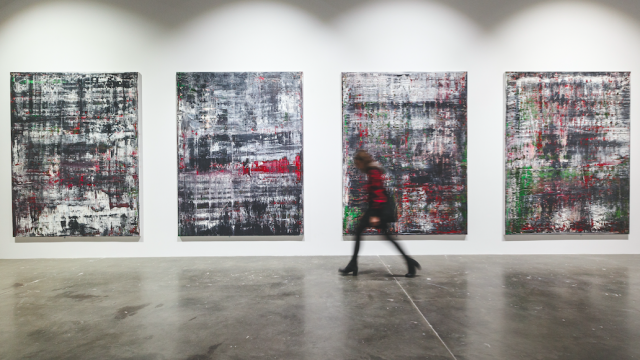In 2013 Pope Francis and President Vladimir Putin met for the first time. There were a number of big topics on the cards: the Middle East, the persecution of Christians and, according to Zelfira Tregulova, director of the Tretyakov Art Gallery.
More specifically, the possibility of organizing a historic exchange of priceless Russian and Italian paintings. This November sees the fruit of that dialogue: the loan of 42 Italian masterpieces for a new exhibition to run through Feb. 19 at the Tretyakov Gallery.
“Roma Aeterna. Masterpieces of the Vatican Pinacotheca. Bellini, Raphael, Caravaggio,” marks a historic step in relations between the Vatican and the Kremlin. A reciprocal exchange is set to take place in 2017, composed of the Tretyakov’s collection of religious Russian art.
“This is an unprecedented event. In the increasingly polarized world in which we live, the Vatican Museums promote cultural exchanges with the view that religious art could be an opportunity to establish a common dialogue,” said Cardinal Giuseppe Bertello, president of the Vatican City State’s governorate, at the opening of the exhibition.
A cultural behemoth, the Vatican Museums trace their history back to the 16th century when Pope Julius II displayed his private collection of antique sculptures for the first time. Over the centuries as popes have come and gone the Vatican’s collection of art has quietly grown.
The paintings currently on loan amount to “10 percent of the entire collection of the Vatican Pinacotheca, which contains around 460 artworks in its 18 exhibition rooms,” explained Barbara Jatta, the Vatican Museum’s vice president, in an interview with The Moscow Times.
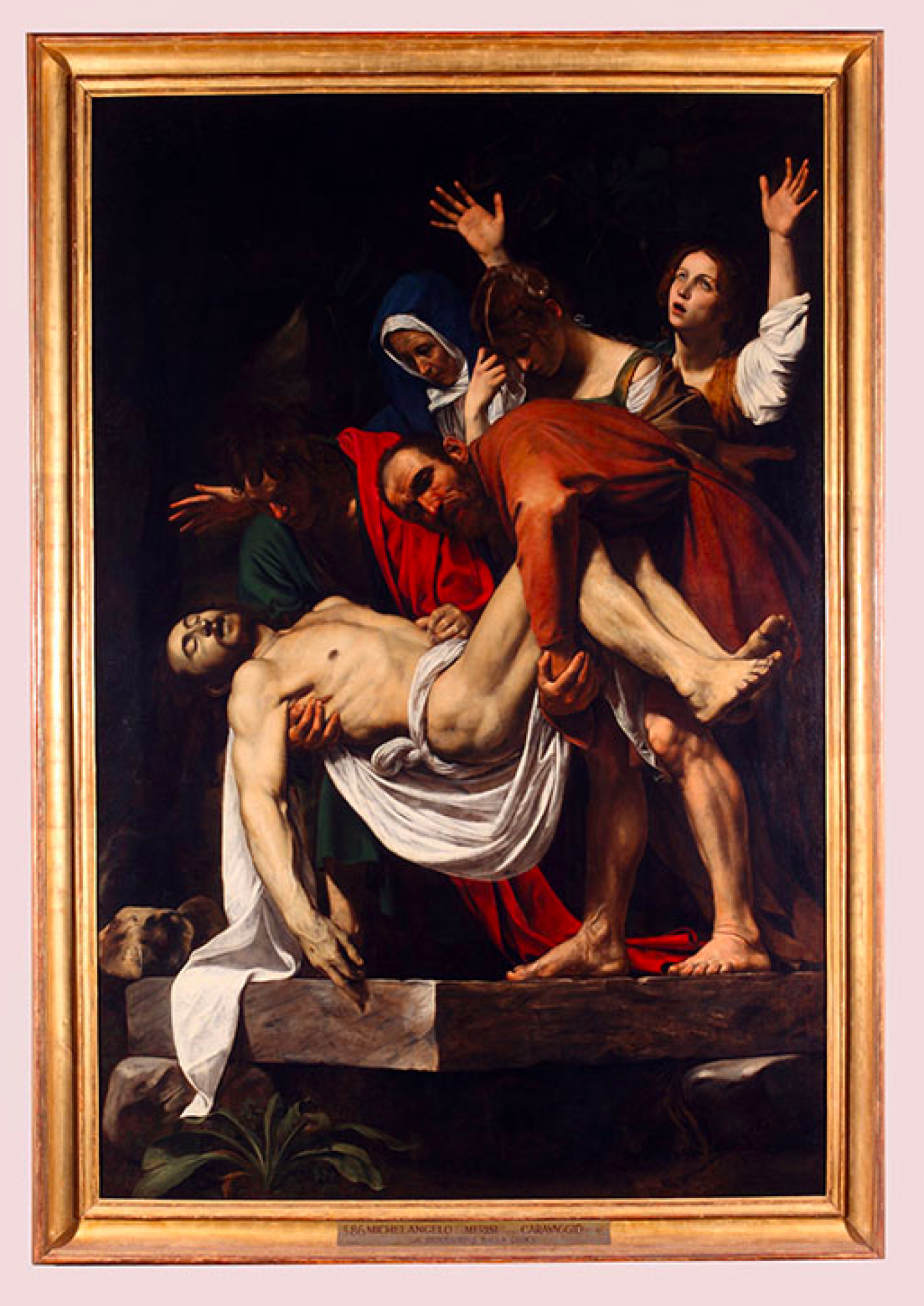
Despite the difficulties with restoring and transporting the works, Jatta knew from the beginning that the exhibition would be a huge success. In fact it has proven so popular through advance online ticket sales that the show is sold out until the end of the year. On Dec. 15, a new batch of tickets will be released for viewings in January.
“Russians are so passionate for Italian art that we overcame many obstacles. You do not need to be an art expert to understand that the universality of these artworks can seduce every visitor,” said Jatta.
“Roma Aeterna,” which translates as “eternal Rome” in Latin, aims not just to present the collection of the Pinacotheca to the Russian public, but also to convey the spirit of the city of Rome and its unique religious art.
Among the masterpieces on display, which span a period from the Middle Ages to the 18th century, are Caravaggio’s “The Deposition” and a rare 12th century icon entitled “The Blessing Christ,” which has never left the walls of the Vatican. You can also see Margaritone d’Arezzo’s 13th century “St. Francis of Assisi,” which offers one of the earliest images of the saint.
As the title of the exhibition suggests, other highlights include “Faith,” and “Charity,” — masterpieces from Raphael — and Nicolas Poussin’s “The Martyrdom of St. Erasmus,” a work which was specifically created for St. Peter’s Basilica. Further paintings from Lorenzetti, Giovanni Bellini and Ludovico Carraci add to the collection.
The exhibition rooms have been ingeniously designed by Russian architect Sergei Tchoban to replicate the trapezoidal shape of Bernini’s piazza in front of St.Peter’s Basilica. The effect, when combined with the artworks on display, is quite literally like stepping from Moscow into the heart of Rome.
A Message from The Moscow Times:
Dear readers,
We are facing unprecedented challenges. Russia's Prosecutor General's Office has designated The Moscow Times as an "undesirable" organization, criminalizing our work and putting our staff at risk of prosecution. This follows our earlier unjust labeling as a "foreign agent."
These actions are direct attempts to silence independent journalism in Russia. The authorities claim our work "discredits the decisions of the Russian leadership." We see things differently: we strive to provide accurate, unbiased reporting on Russia.
We, the journalists of The Moscow Times, refuse to be silenced. But to continue our work, we need your help.
Your support, no matter how small, makes a world of difference. If you can, please support us monthly starting from just $2. It's quick to set up, and every contribution makes a significant impact.
By supporting The Moscow Times, you're defending open, independent journalism in the face of repression. Thank you for standing with us.
Remind me later.


